Photos: skyroslife.gr and heatherlea.co.uk
Anastasia Balezdrova
If during your summer holiday you want to combine sea and walks in mountainous regions, albeit not particularly high, Skyros is your island. Surrounded by the waters of the Aegean Sea, it actually is more reminiscent of the landscape of mainland Greece than of a piece of land amidst the sea.
Skyros is home to many different species of plants and animals. In rocky places that are hard to approach, nature lovers can find a variety of rare endemic plants, some of which only grow here. The small forests of low maple trees, Acer sempervirens type, which grow in the ravines and gullies of Mount Kohilas in southern Skyros, are typical too.
However, what makes the nature of the island still rich are the different species of marine and migratory birds, many of which are protected species. The uninhabited small islands around Skyros and Skiropoula Island are the place where protected species such as the Common Shag (Phalacrocorax aristotelis desmarestii), Mediterranean Gull (Larus audouinii), Manx Shearwater (Puffinus Yelkouan) and Cory's Shearwater (Calonectris diomedea) live and breed.
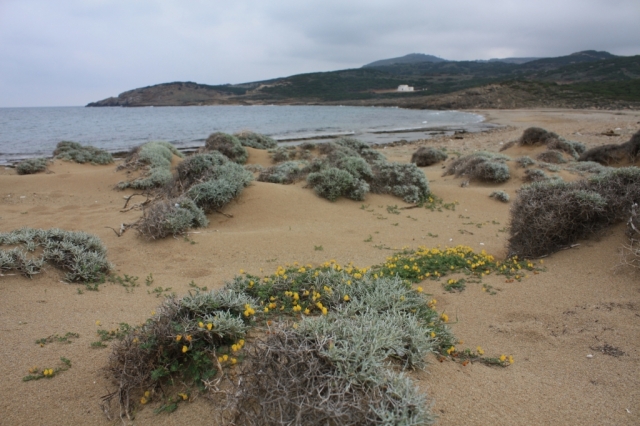
The most famous inhabitant of the cliffs of Mount Kohilas and the surrounding islands however is the Mediterranean Falcon (Falco eleonorae). This migratory Falcon species is globally threatened and Greece is considered as the most important country in relation to its protection and survival because the Greek islands in the Aegean Sea are home to 85% of the world population of the species.
Skyros Island is home to the largest colony of Mediterranean Falcon, which includes more than 1,000 pairs. They arrive in Skyros in April and fly back to East Africa, especially to the island of Madagascar, in September.
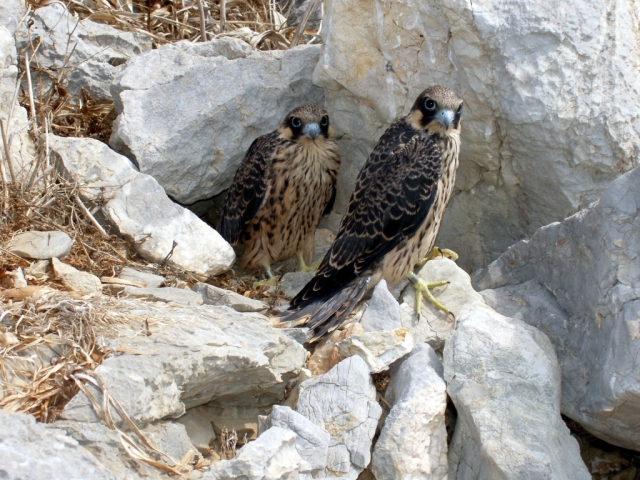
From their arrival until the end of July, you can see, at dusk, falcons amid nature, crossing the sky over Skyros to find food that consists of large insects. Then the breeding season begins, when the birds retire into the steep cliffs and shores to protect their young and begin to feed on small migratory birds.
Many of the birds and other wildlife representatives are protected from Skyros Life Project that is part of the European Natura 2000 network.
"In the first few years of the programme we registered more than 106 bird species, including the migratory species. Then special ecotourism routes were created with a focus on ornithological tourism," programme coordinator Chrysanthi Zygogianni told GRReporter.

She said that over the past two years the island has attracted an increasing number of groups of visitors, whose hobby is birdwatching.
Birdwatchers can be recognized from miles away. With hats on their heads and tripods with professional photographic cameras, camcorders and binoculars in hand, they move quietly and cautiously, so as not to frighten the object of their observation.
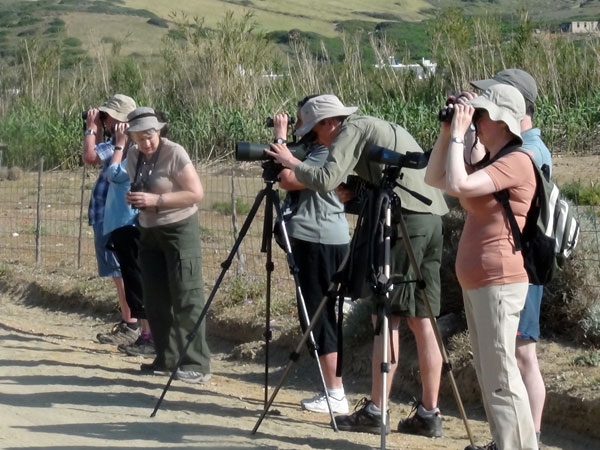
GRReporter met with a group of birdwatchers from Great Britain, during the last day of their tour around Skyros. "Nature here is very rich and definitely very interesting for people from countries such as Britain, where there is no such an abundance of birds, butterflies and other representatives of wildlife. The island is large but the low vegetation in the south allows visitors to see many birds in one place," said their guide Philip Knott.
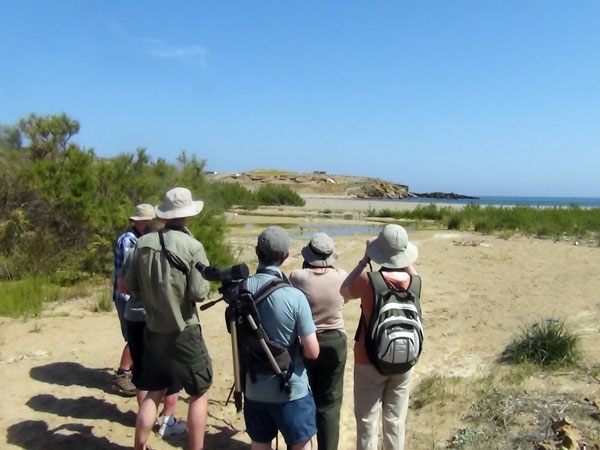
He usually walks ahead of the others, trying to find another bird. When he gives a signal, the group of about 10 people raises their expensive equipment and begins to observe, photograph and comment on its appearance, colour and behaviour.
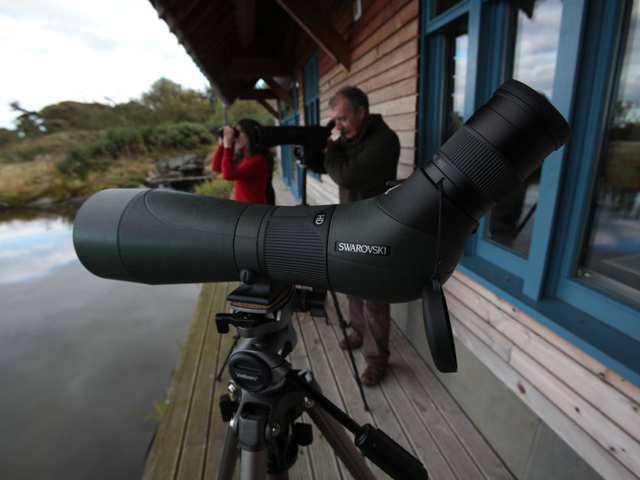
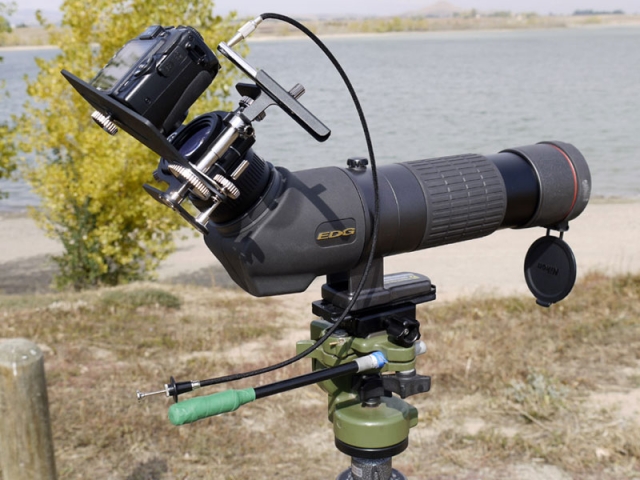
According to Chrysanthi, ornithological tourism in Skyros is set to develop, accounting for the fact that the neighbouring island of Lesbos, where the abundance of species is much greater, each year welcomes between three and four thousand birdwatchers